Our Water: Trihalomethanes and Their Impact on Public Health
In recent years, much attention has been rightfully given to the affordability and accessibility of water services. However, amidst these discussions, the quality of those services often takes a back seat. One concerning issue that has surfaced is the presence of trihalomethanes (THMs) in drinking water, affecting an estimated 400,000 households across the country. These potentially cancer-causing chemicals have slipped under the radar for many, leaving communities unaware of the lurking danger in their taps.
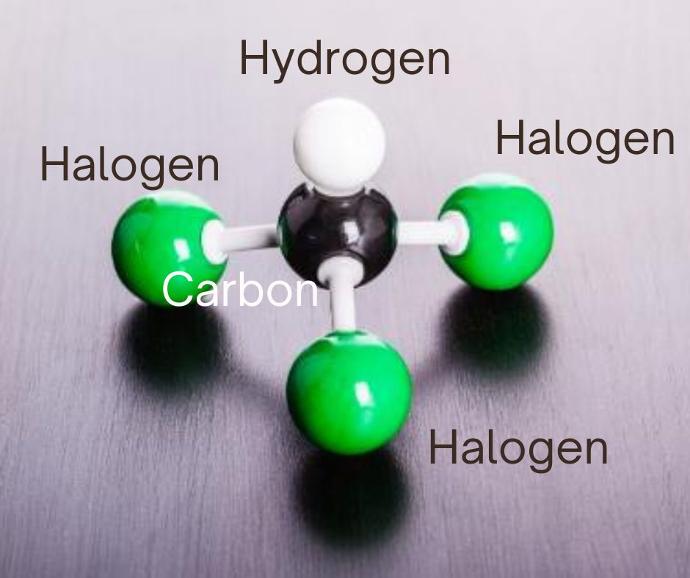
What are Trihalomethanes (THMs)?
THMs are chemical compounds that form when organic matter in water reacts with chlorine, a commonly used disinfectant. While chlorine effectively eliminates harmful pathogens like E. coli, its interaction with organic matter leads to the formation of THMs. These compounds not only pose risks when ingested but also when absorbed through the skin during activities like showering.
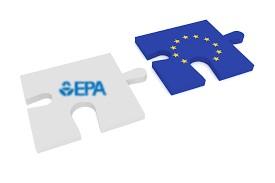
The Regulatory Landscape
The European Union (EU) and the Environmental Protection Agency (EPA) have set strict guidelines regarding THM levels in drinking water. To safeguard public health, these standards dictate that water should contain no more than 100 micrograms of THMs per liter. However, across Ireland, excessive levels of THMs persist, posing a significant health concern.
Trihalomethanes in Drinking Water: A Threat to Our Most Vital Resource
Water, the essence of all life, sustains us and is an integral part of who we are. Yet, amidst its ubiquity, we often overlook its importance and the threats it faces. Our most precious natural resource, water, is under threat like never before. In this blog, we delve into the story of water, focusing on the issue of trihalomethanes (THMs) in drinking water and its implications for public health.
Dublin's Water Crisis: A Wake-Up Call
The story begins in Dublin, where half of the water intended for consumption leaks away before reaching consumers. This staggering statistic underscores the urgent need for action to address water leakage and ensure the delivery of clean, safe water to households. Additionally, concerns about water quality have led to fears among residents, particularly parents worried about the health risks posed to their children.
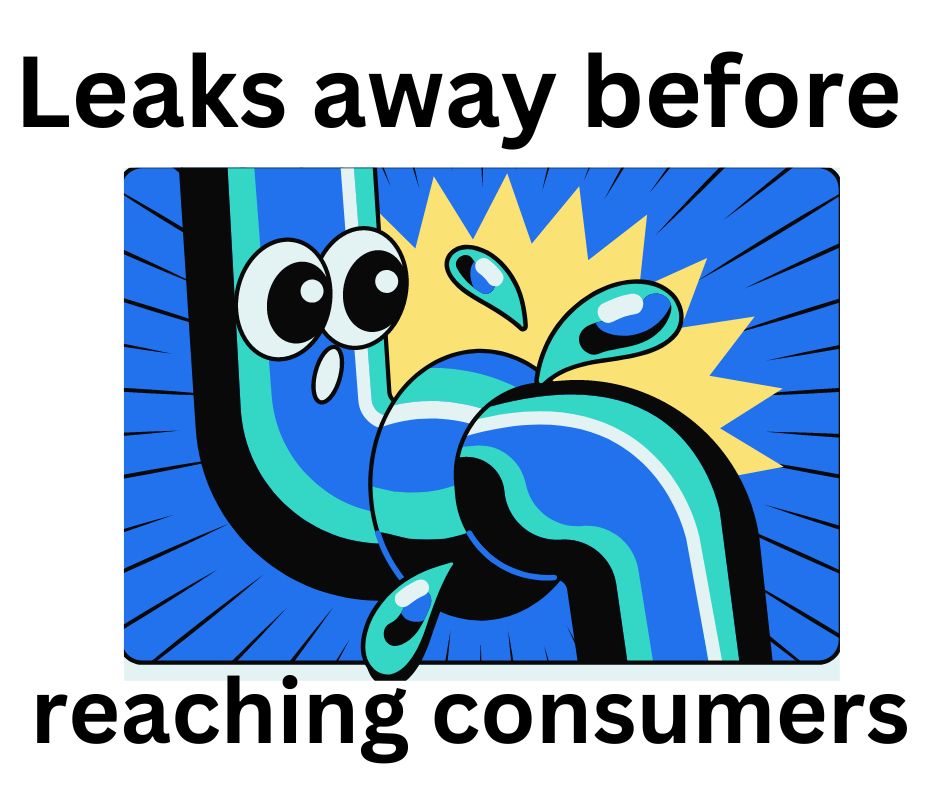
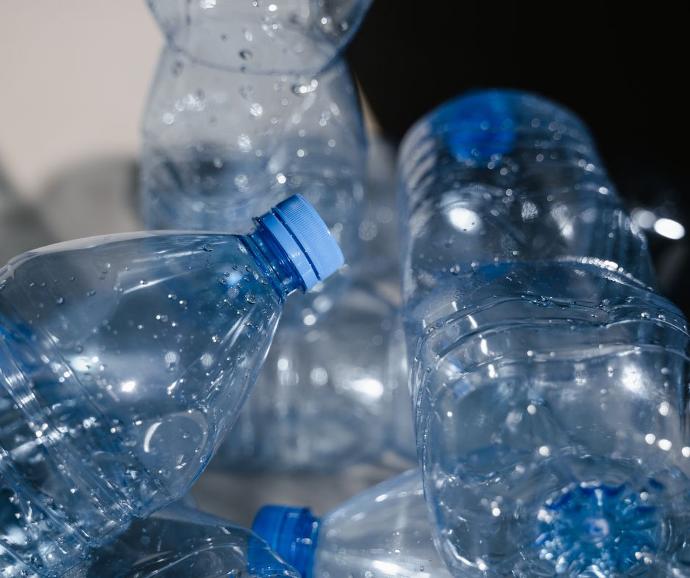
Community Concerns and Actions
In affected areas residents have expressed worries about the long-term health implications of consuming contaminated water. Some have resorted to purchasing bottled water as a temporary solution, but this is not a sustainable or affordable option for everyone. Lead to more problems in environment.
Historical Context: Dublin's Water Supply Evolution
Delving into history, we learn that Dublin's water supply has evolved significantly over the years. From reliance on canals to the development of modern treatment plants, the journey to provide safe drinking water has been fraught with challenges. The Vartry reservoir, supplying water from the Wicklow Mountains, played a pivotal role in improving public health by providing clean water to the city.

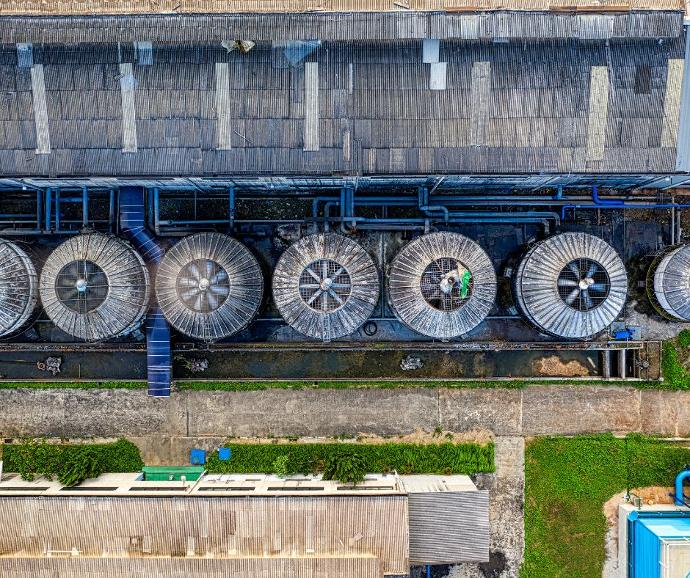
Challenges and Remedial Actions
Removing THMs from water supplies is no easy feat. It requires substantial investment in water treatment infrastructure, including filtration and chemical treatment systems. Irish Water, responsible for water management, faces daunting tasks ahead to ensure water safety and compliance with regulatory standards.
Challenges and Solutions: Tackling Cryptosporidium and Infrastructure Issues
Cryptosporidium, a microscopic parasite, poses a significant threat to water quality and public health. Addressing this challenge requires investments in sewage treatment plants and infrastructure upgrades to ensure the removal of contaminants from drinking water. However, aging water networks and pipe corrosion present formidable obstacles that demand innovative solutions.


Impacts on Public Health
Research suggests a potential link between high THM exposure and cancer. While conclusive evidence is still being gathered, the WHO recommends minimizing THM levels in drinking water as a precautionary measure. Despite these warnings, many remain unaware of the risks they face every time they turn on the tap.
The Impact of Climate Change: Droughts, Storms, and Water Scarcity
Climate change exacerbates water-related challenges, including droughts, storms, and water scarcity. Recent events like Storms Emma and Ophelia highlight the vulnerability of water infrastructure to extreme weather events. Moreover, rising temperatures and changing precipitation patterns affect water availability, necessitating adaptive measures to safeguard water resources for future generations.


Community Engagement and Conservation Efforts
Community engagement and conservation efforts play a crucial role in mitigating water-related issues. Initiatives like the Green Schools program empower students to advocate for water conservation and raise awareness about the importance of preserving this vital resource. Simple actions, such as reducing water usage and proper waste disposal, can have a significant impact on water quality and availability.
Looking Ahead: Building Resilience and Valuing Water
As we confront the challenges of water scarcity and pollution, building resilience and valuing water emerge as essential priorities. Collaboration between policymakers, engineers, communities, and environmental advocates is paramount to developing sustainable solutions. By recognizing the intrinsic value of water and adopting proactive measures, we can ensure a secure and healthy water future for all.

Conclusion
In conclusion, the story of trihalomethanes in drinking water serves as a poignant reminder of the critical importance of preserving and protecting our most precious natural resource. By addressing water-related challenges with urgency and innovation, we can forge a path towards a future where clean, safe water is accessible to all.
The issue of THMs in drinking water underscores the importance of prioritizing water quality alongside affordability and accessibility. It's not just about ensuring water reaches our taps; it's about ensuring that water is safe for consumption. As we navigate these challenges, collective efforts from government agencies, water authorities, and communities are essential to address this silent threat to public health. Only through concerted action can we ensure that every sip of water is free from harm.
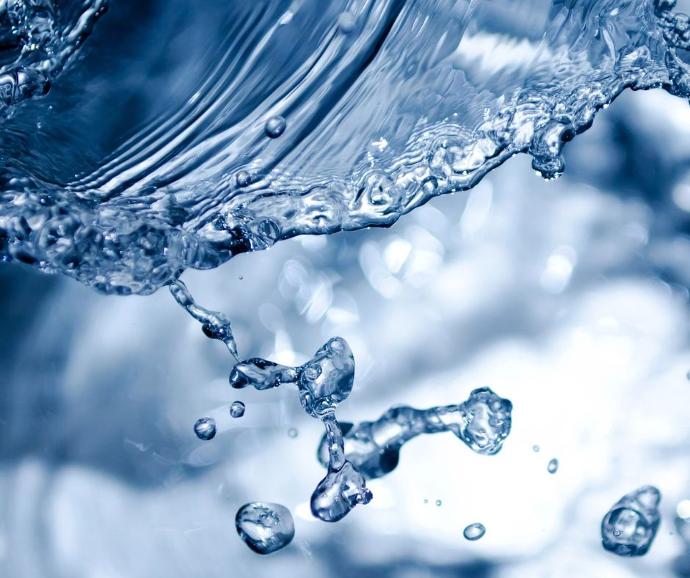
Trihalomethanes in Drinking Water: A Silent Threat